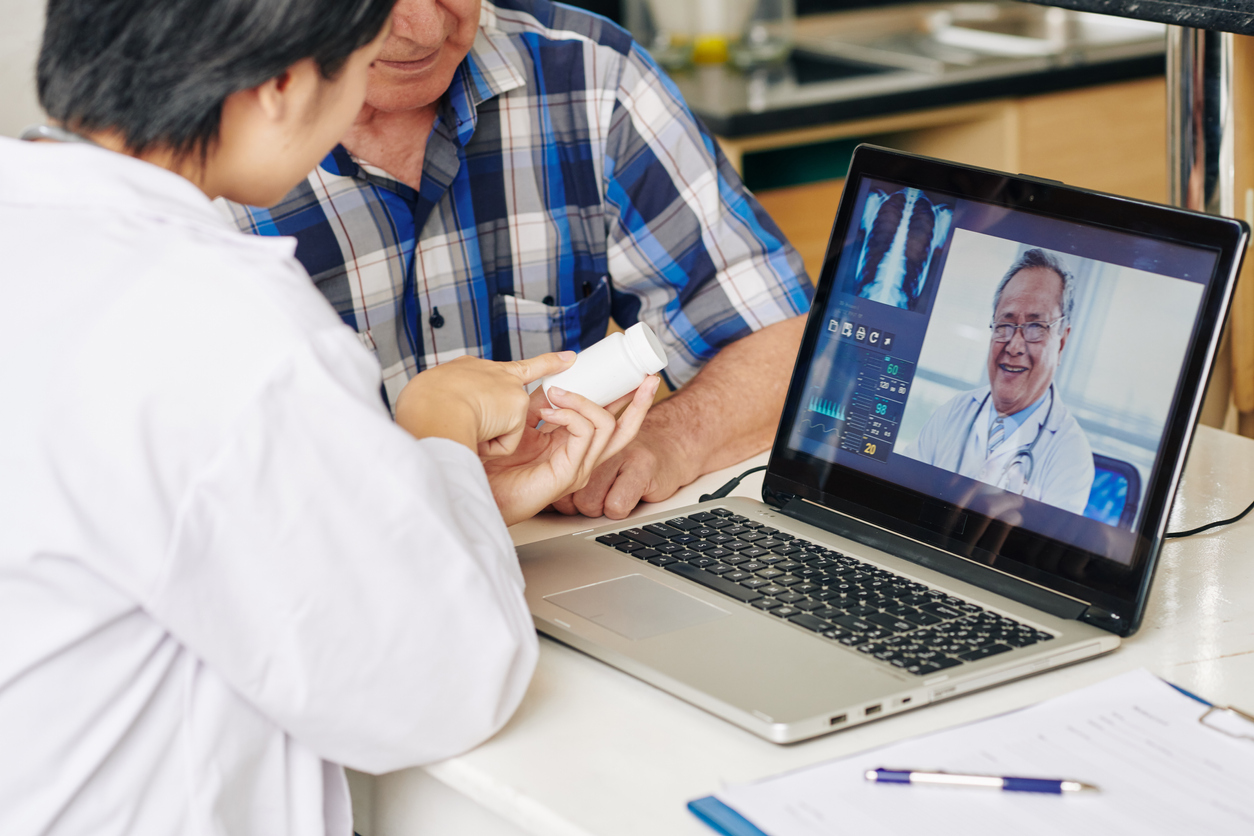NSW patients and clinicians have embraced virtual healthcare, with a 700% increase in the use of online services during the pandemic compared with the same period last year.
Premier Gladys Berejiklian said the NSW Government would now investigate a wider roll-out of virtual healthcare services following the successful expansion of the system during COVID-19.
“The social distancing requirements that became a necessity with COVID-19 led to a rapid ramp-up of NSW Health’s virtual care system – with more than 82,000 outpatient appointments delivered via videoconference over four months,” Ms Berejiklian said.
“Virtual healthcare has proven to be particularly effective for follow up and secondary appointments, after a patient’s initial diagnosis at a face-to-face consultation.
“Traditionally, less than a quarter of a per cent of all outpatient services are delivered via videoconference in NSW. However, by May 2020 this had risen to four per cent.”
She said the rapid expansion of online services allowed patients to be cared for in their own homes without the inconvenience of travelling outside their home during the health crisis.
“Virtual health technology is proving to be a game-changer for both patients and clinicians – and that’s why the NSW Government will continue to invest in the technology which provides easy to access, hospital in the home style care.”
“We are already nation leaders with our record health infrastructure program and now we want to lead the country in virtual health technology”.
A recent survey of patients treated by the new RPAvirtual model in Sydney Local Health District found:
- 89 per cent said the technologies used by RPAvirtual improved their access to care and treatment;
- 80 per cent felt confident at home knowing their symptoms were monitored daily;
- 72 per cent said the wearable monitoring devices they were provided were easy to use.
Health Minister, Brad Hazzard said virtual health had proven to be particularly useful in rural, remote and regional areas of NSW, where residents have been able to access a wider range of services without travelling long distances.
“Patients have said while initial face to face contact with their treating clinician is important, follow up appointments by telehealth are well received,” Mr Hazzard said.
“It means patients in regional and rural areas don’t have the stress of travelling long distances to hospital and have better access to specialists.”
Hunter New England and Western NSW Local Health Districts have been early adopters of virtual healthcare, which has been further expanded over recent months.


